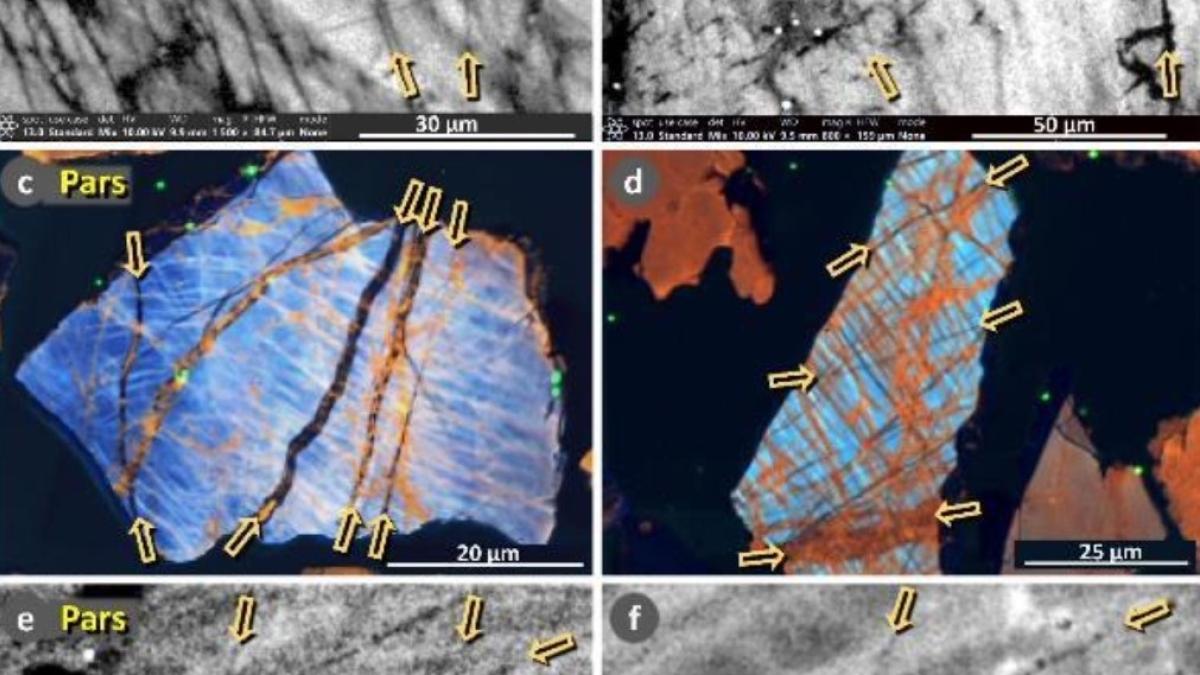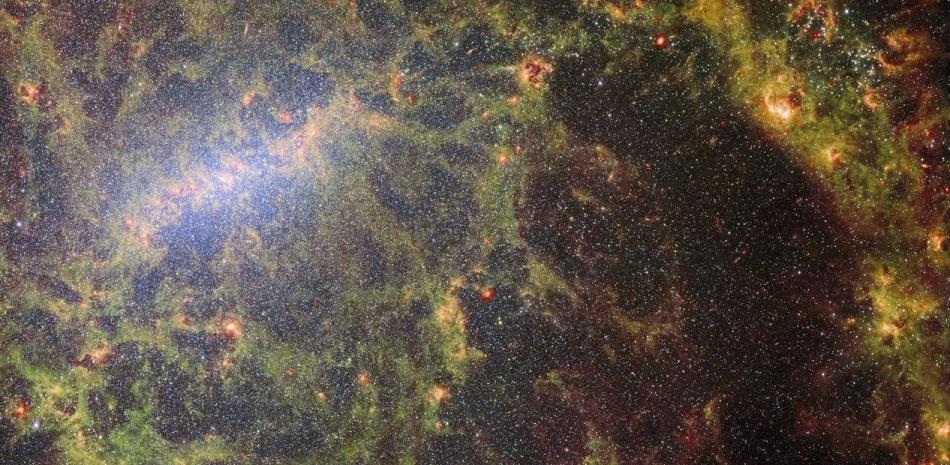Quartz samples support the idea that a fragmented comet crashed into Earth's atmosphere 12,800 years ago, causing widespread climate change.
Among other things, that event led to an abrupt reversal of Earth's warming trend and an irregular ice age called the Younger Triassic.
UC Santa Barbara professor emeritus James Kennett and colleagues report tracers associated with the cosmic airburst distributed over several separate sites in the eastern United States (New Jersey, Maryland, and South Carolina). A phenomenon including platinum, microspheres, molten glass and shock fractured quartz. The study appears in the ScienceOpen journal Airbursts and Cratering.
“What we discovered is that the pressures and temperatures are not characteristic of large impacts that create craters, but are consistent with so-called aerial 'landing' explosions that do not create many craters,” Kennett said in a statement.
Earth is bombarded by tons of celestial debris every day in the form of tiny dust particles.
At the other end of the scale are very rare and catastrophic impacts, such as the Chicxulub event, which caused the extinction of the dinosaurs and other species 65 million years ago. Its 150-kilometer-wide impact crater is found on Mexico's Yucatan Peninsula.
Somewhere in between are impacts that don't leave craters on the Earth's surface, but are nonetheless destructive.
The shock wave of the 1908 Tunguska event felled 2,150 square kilometers of forest when an approximately 40-meter-diameter asteroid hit the atmosphere 10 kilometers above the Siberian taiga.
The comet, which is believed to be responsible for the Younger Triassic cooling episode, is estimated to be 100 kilometers wide, much larger than the Tunguska object, and broken into thousands of fragments.
The sedimentary layer associated with wind blasts is widespread throughout most of the Northern Hemisphere, but can also be found south of the equator.
Rare materials associated with cosmic impacts, such as iridium and platinum, are unusually present in this layer, as well as materials formed under high pressures and temperatures, such as magnetic microspheres (cold metal droplets), molten glass, and nanodiamonds.
Researchers are particularly interested in the presence of traumatized quartz, characterized by a pattern of lines called lamellae that show stress large enough to distort the crystal structure of quartz, a very hard material.
This “crème de la crème” of cosmic impact evidence resides in impact craters, although linking shocked quartz to cosmic wind bursts has proven a major challenge.
“In the extreme case, when an asteroid hits the Earth's surface, all the breaks are very parallel,” Kennett explained. In the realm of cosmic airbursts, there are different variables in the realm of cosmic airbursts.
“If you think about it, the pressures and temperatures that create these fractures vary with density, angle of entry, height of impact and level of impact.
“What we found – which is characteristic of the impact layer called the Younger Triassic boundary – is that although we occasionally see examples of 'traditional' shocked quartz with parallel fractures in the quartz grains, what we often see are grains that are not parallel,” he said.
These fractures appear in an irregular, web-like pattern of shearing and meandering lines and surface and subsurface fissures, in contrast to the parallel, planar fractures of traumatized quartz associated with impact found in craters.
These subparallel and subplanar ruptures are mostly due to the relatively low pressures caused by explosions above ground, the researchers say, as opposed to impacts that interact with the Earth.





:quality(85)/cloudfront-us-east-1.images.arcpublishing.com/infobae/KTKFKR763RBZ5BDQZJ36S5QUHM.jpg)